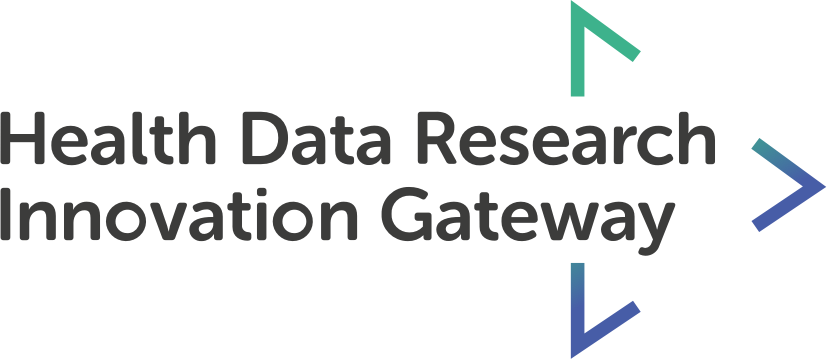Lay Summary
Background
SARS-CoV-2 antibody tests are used for population surveillance and might have a future role in individual risk assessment. Lateral flow immunoassays (LFIAs) can deliver results rapidly and at scale, but have widely varying accuracy.Methods
In a laboratory setting, we performed head-to-head comparisons of four LFIAs: the Rapid Test Consortium's AbC-19TM Rapid Test, OrientGene COVID IgG/IgM Rapid Test Cassette, SureScreen COVID-19 Rapid Test Cassette, and Biomerica COVID-19 IgG/IgM Rapid Test. We analysed blood samples from 2,847 key workers and 1,995 pre-pandemic blood donors with all four devices.Findings
We observed a clear trade-off between sensitivity and specificity: the IgG band of the SureScreen device and the AbC-19TM device had higher specificities but OrientGene and Biomerica higher sensitivities. Based on analysis of pre-pandemic samples, SureScreen IgG band had the highest specificity (98.9%, 95% confidence interval 98.3 to 99.3%), which translated to the highest positive predictive value across any pre-test probability: for example, 95.1% (95% uncertainty interval 92.6, 96.8%) at 20% pre-test probability. All four devices showed higher sensitivity at higher antibody concentrations ("spectrum effects"), but the extent of this varied by device.Interpretation
The estimates of sensitivity and specificity can be used to adjust for test error rates when using these devices to estimate the prevalence of antibody. If tests were used to determine whether an individual has SARS-CoV-2 antibodies, in an example scenario in which 20% of individuals have antibodies we estimate around 5% of positive results on the most specific device would be false positives.Funding
Public Health England.Authors:
Jones HE, Mulchandani R, Taylor-Phillips S, Ades AE, Shute J, Perry KR, Chandra NL, Brooks T, Charlett A, Hickman M, Oliver I, Kaptoge S, Danesh J, Di Angelantonio E, Wyllie D, COMPARE study investigators, EDSAB-HOME investigators.
Original content: https://web.www.healthdatagateway.org/paper/34098341
